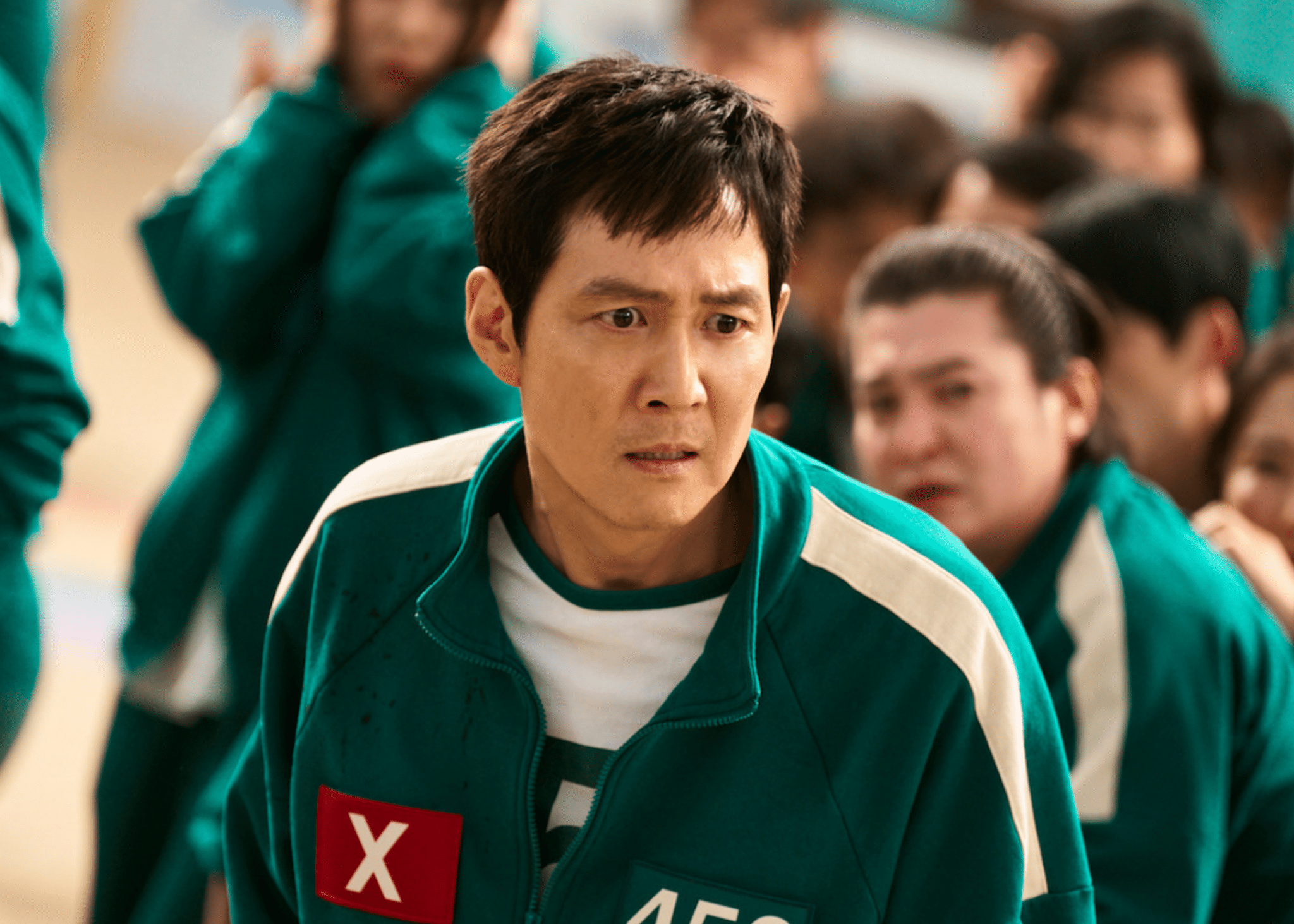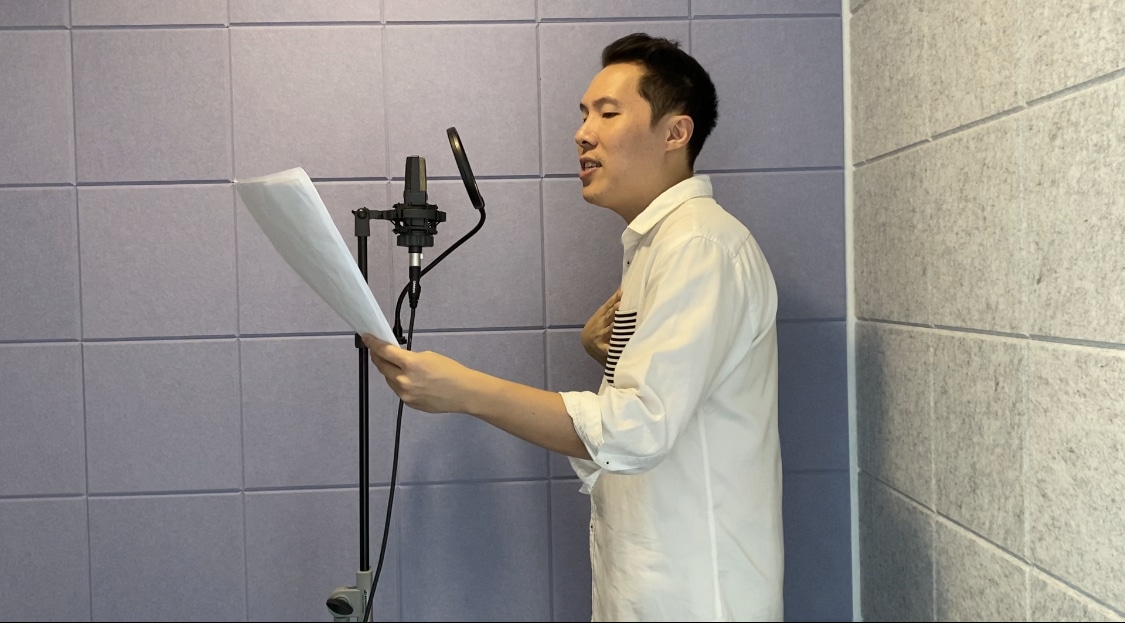Beyond dreams, Netflix’s The Sandman unravels a societal problem we’re afraid to confront
Kelvin Seah // August 11, 2022, 3:27 am

Unexpectedly inspired by a dark fantasy series, the writer pens his reflections on the futility of eternity – if not for a faithful God. Image courtesy of @thesandmanofficial on Instagram.
Warning: Spoilers ahead for those who have not watched or read the Netflix or DC Comic series.
Have you ever wondered: “What if we could live forever and never die?”
No? Really? I guess I must be the odd one out.
Or maybe I’m reading the wrong Bible. I was quite certain there was mention there of a new heaven. One where all tears, pain and death are gone, and we’ll live an eternity worshipping God, our heavenly Father.
You see, I’ve asked myself this question at least a hundred times – and clearly many others have too.
No matter the era, pop culture references almost always portray some aspect of this “What if … ?” question.
And try to offer an answer. One recent release on Netflix proves this.
Neil Gaiman and The Sandman
I best say this right up front: I am not promoting Netflix.
However, even its more ill-advised and morally reprehensible stuff can still provide fodder for possible meaningful, spiritual conversations.
If we know where to look.
Like in The Sandman, a new Netflix series which debuted on August 5.
When I first heard of this show, I recalled the 1954 chirpy tune “Mr Sandman” by The Chordettes (yes younger readers, you would know this song too if you’re as old as yours truly).
Only much later did I learn that in 1989, DC Comics published a series based on this character who governs dreams and nightmares.
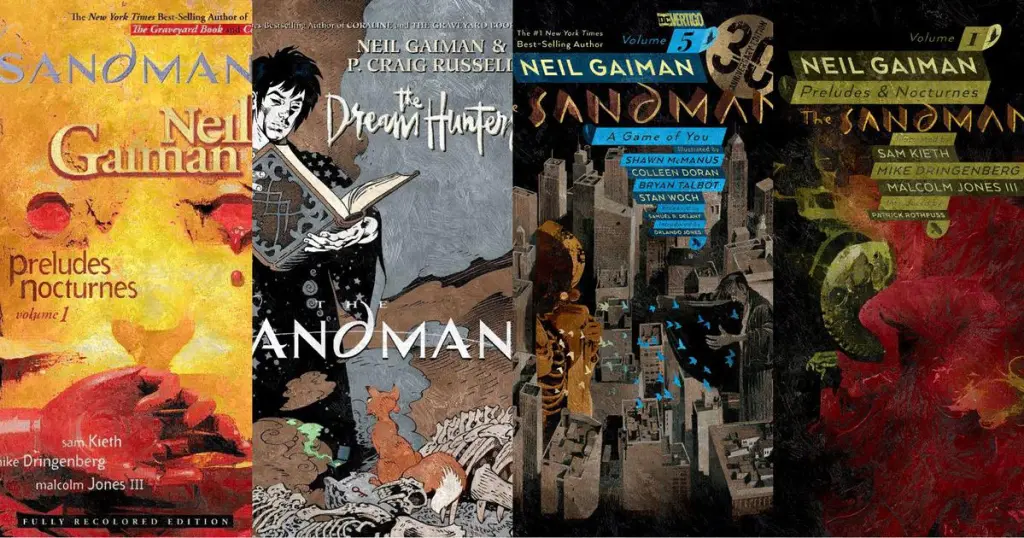
The Sandman series was written by famous fiction and comic fantasy writer Neil Gaiman. Photo courtesy of Stroll.in.
So what is the big deal about The Sandman?
Firstly, as a concerned parent and keen observer of contemporary culture, with its ever-expanding minefield of dark material for unwary consumers, I’m always watchful for the slightest sign of anything spiritually “harmful”.
The trailers and publicity for this series certainly gave me that impression.
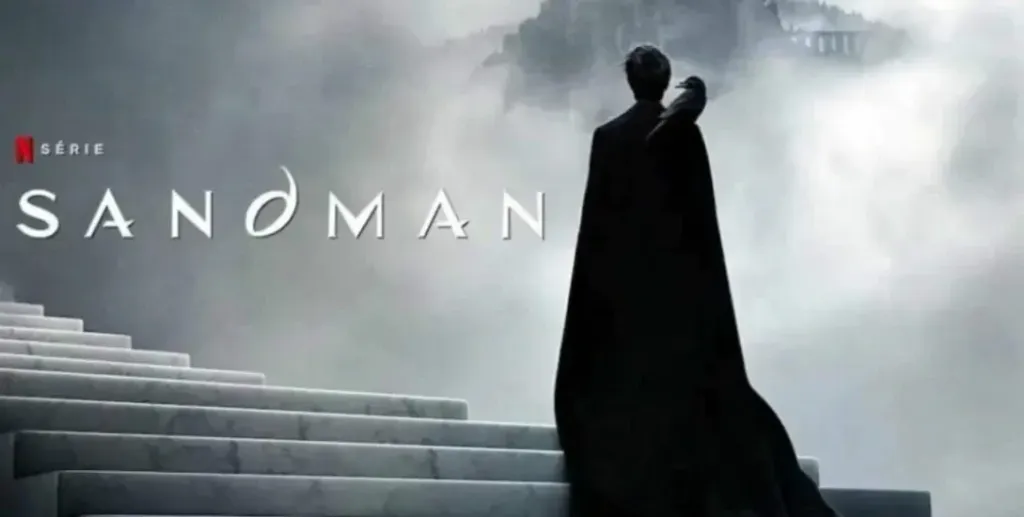
The Netflix series is based on the award-winning comic series written by Neil Gaiman. Photo courtesy of DC Comics News.
Secondly, I can’t credibly speak God into any discussion of trending topics and contemporary issues if I haven’t even had a cursory brush with them. Think Apostle Paul, who wanted to be all things to all kinds of people – so that by all means, he could save some.
The series is rated R21, which should put us on the alert. But I would like to offer a sliver of hope.
Meet the protagonist
Morpheus, aka The Sandman, aka Dream, is trapped and hidden away from his kingdom (a realm called The Dreaming) for 100 years.
When he finally escapes, he goes about recovering his realm and undoing whatever damages his rampant dreams and nightmares had wreaked on humanity in his absence. That takes up the first five of Season 1’s 10 episodes.
Now you might be forgiven for thinking otherwise – thanks to his appearance and black costumes – but Dream is actually the good guy in the story.
A critical but neglected societal issue
For the record, I’m cutting out a lot of details in the storyline because this commentary is not a review. It’s a reflection on an issue our society isn’t noticing enough, nor addressing much of – if at all!
The issue? Loneliness.
I’ll jump right into Episode 6 which, for me, brought this critical issue of loneliness front and centre.
You see, this episode begins with Dream, having successfully recovered his kingdom, sitting on a park bench, brooding.
Along comes his older sister Death, with a kind and gentle face, and no visible scythe.
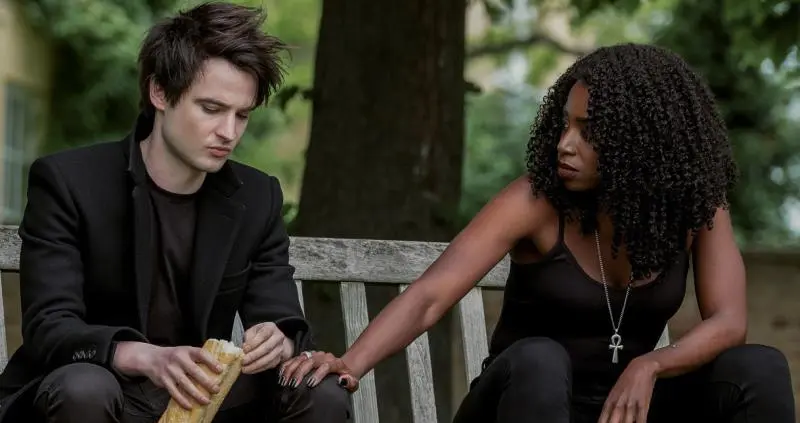
Dream and his sister, Death. Photo courtesy of ComicBookMovie.com.
She takes him on a stroll down memory lane to an old tavern in 1389 England. There, they come across a man named Hob Gadling, who proudly declares to his beer-guzzling buddies he has no intention of dying.
Dream, with lips cynically curled, then asks Death why anyone would ever crave an eternal existence. Surely anyone who’s lived a century would be begging to die!
Death smiles in return, declaring to Dream she would spare Gadling’s life. She then challenges Dream to find the answer for himself.
At this point, my Book-of-Job goosebumps rise higher than the fireworks at the National Day Parade!
100 years is like a day
Dream strolls casually over and announces he has heard Gadling’s boast, and that he would meet him 100 years later at the same time and place, before leaving a bewildered Gadling with his equally-bemused friends.
At this point, you can pretty much guess what happens 100 years later. Then another 100 years. Then another.
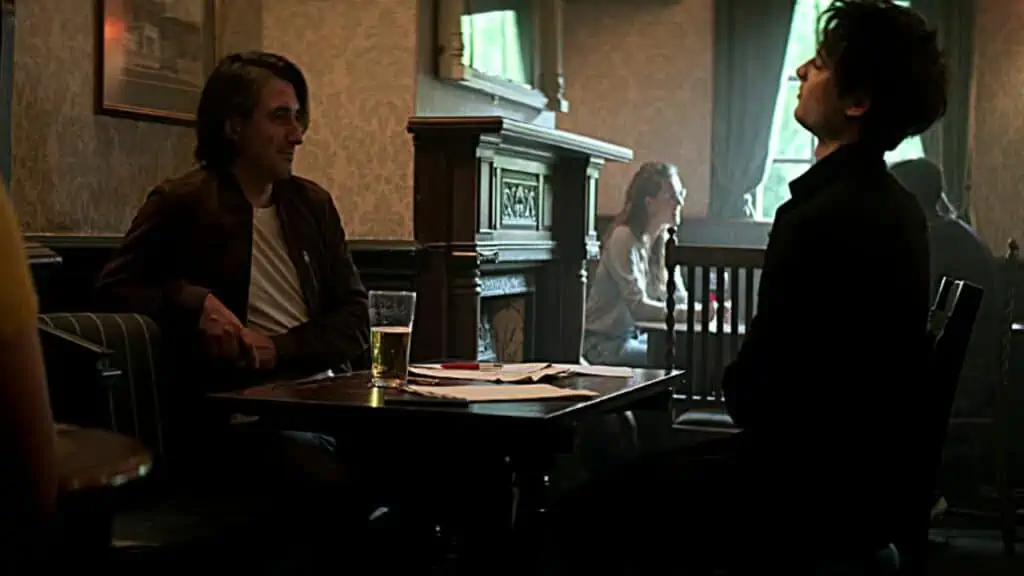
Gadling’s (left) wish of eternal life is granted and takes many interesting turns, much to Dream’s (right) chagrin. Photo courtesy of TheEnvoyWeb.com.
Now with each meeting, Dream fully expects Gadling to capitulate. To beg to be delivered from immortality.
He is wrong.
Not once does Gadling wish to end his life. Though, watching his fortunes roller-coaster from knighthood to poverty across the centuries with loved ones that come and go, even I thought he should call it a day.
Instead, it is Dream who gets increasingly agitated even as Gadling becomes increasingly sanguine.
By 1889, five centuries after Death first laid this dare on him, Dream has had enough. And it doesn’t help when Gadling turns things around and asks why Dream bothers to return every 100 years to see him.
Could it be that Dream is lonely and needs a friend?
As a member of The Endless (what Dream and his siblings Destiny, Death, Destruction, Desire, Despair and Delirium are called), that amounts to the greatest of insults. That they who were here since the dawn of time should need friends.
Will you be lonely when you’re old?
And yet, during his own imprisonment of 100 years which causes him to miss their next appointment in 1989, Dream realises he does come to care, even though he neither knew it at first nor admits it.
Until Death’s intervention and reminder at the park bench, where this episode begins.
Dream eventually returns to meet Gadling. And Gadling is right there waiting.
Dream eventually returns to meet Gadling to apologise for missing their previous appointment.
And Gadling is right there waiting.
At this point, the message of hope and friendship in one’s twilight years is practically screaming at me, making me now ask myself a different but related question.
It’s a question we could all do well to ask ourselves and those around us. Especially when loneliness is increasingly an issue in this world, where screens replace faces and text messages replace conversations.
And even more for those yet to know the One who’s far greater than Dream or Death. The One who promises to be with us into eternity.
Will we be lonely when we’re old?

“Mr Sandman, bring me a dream. Better yet, a friend,” writes the author. Photo by Jeswin Thomas on Pexels.com.
Or will we have friends or, more importantly, know intimately a God we can count on and who’s always waiting for us like how faithful Gadling waits for Dream?
Let’s hope we’re not like Dream, waiting for several centuries to pass before we know the answer.
This article was first published on Kelvin’s Musings and republished with permission.
RELATED STORIES:
“Are you happy?”: Dr Strange and the search for happiness through the multiverse
We are an independent, non-profit organisation that relies on the generosity of our readers, such as yourself, to continue serving the kingdom. Every dollar donated goes directly back into our editorial coverage.
Would you consider partnering with us in our kingdom work by supporting us financially, either as a one-off donation, or a recurring pledge?
Support Salt&Light
